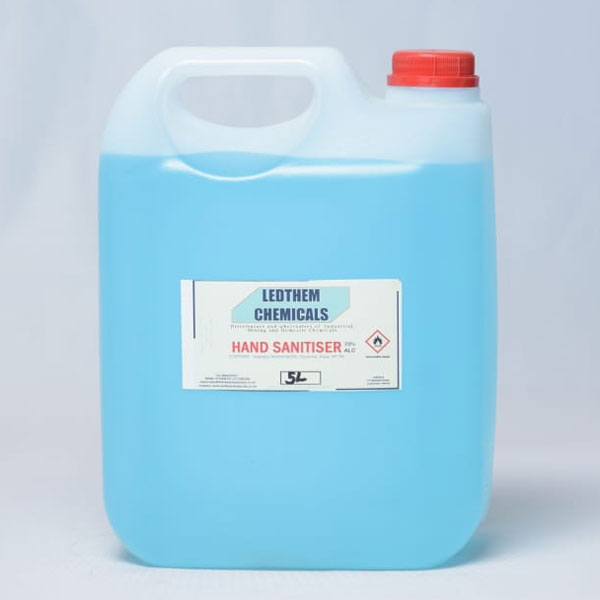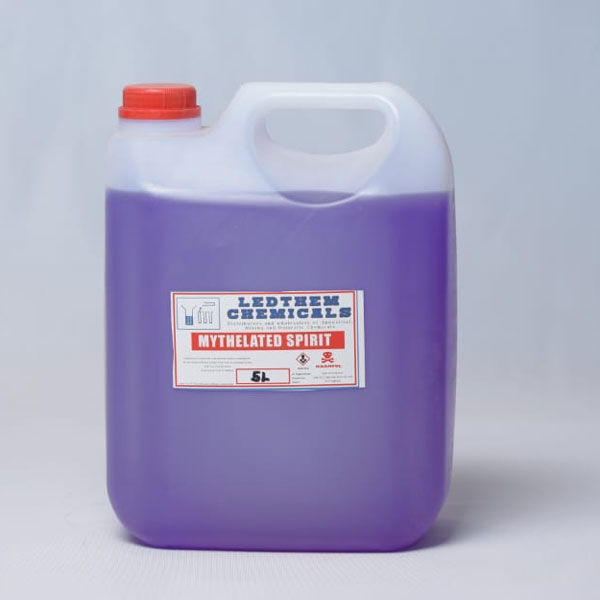Red Oxide
Red oxide is a type of iron oxide that is commonly used as a pigment in paints and coatings. It is also used as a rust inhibitor and as a filler material.
Description
Red oxide is a type of iron oxide that is commonly used as a pigment in paints and coatings. It is also used as a rust inhibitor and as a filler material. Red oxide is a reddish-brown powder that is insoluble in water. It is non-toxic and non-flammable.
Red oxide is used in paints and coatings because it is a good rust inhibitor. It forms a protective layer on the surface of the metal, which prevents the formation of rust. Red oxide is also used as a filler material because it is inexpensive and easy to apply. It can be used to fill in small cracks and holes in the surface of the metal.
Here are some of the specific uses of red oxide:
- Rust inhibitor: Red oxide is used as a rust inhibitor on metal surfaces. It forms a protective layer on the surface of the metal, which prevents the formation of rust.
- Filler material: Red oxide is used as a filler material in paints and coatings. It can be used to fill in small cracks and holes in the surface of the metal.
- Pigment: Red oxide is used as a pigment in paints and coatings. It gives the paint a reddish-brown color.
- Rubber compound: Red oxide is used as a rubber compound. It is used to make rubber products, such as tires and gaskets.
- Ceramics: Red oxide is used in ceramics. It is used to make ceramic products, such as pottery and tiles.
Red oxide is a versatile material that can be used in a variety of applications. It is important to note that red oxide is a hazardous material and should be handled with care.
Here are some safety precautions to take when using red oxide:
- Always wear gloves, goggles, and a respirator when handling red oxide.
- Avoid contact with skin and eyes.
- Keep away from heat and open flames.
- Dispose of red oxide properly.
Additional information
| Chemical Category | CLINICAL, Clinical Acids, DOMESTIC, Domestic Acids, INDUSTRIAL, Industrial Acids, MINING, Mining Acids |
|---|
Quick Comparison
| Settings | Red Oxide remove | NPA remove | Roller Wash remove | White Spirit remove | Hexane remove | Alcosol remove | ||||||||||||
|---|---|---|---|---|---|---|---|---|---|---|---|---|---|---|---|---|---|---|
| Image |  |  |  |  |  |  | ||||||||||||
| SKU | ||||||||||||||||||
| Rating | ||||||||||||||||||
| Price | ||||||||||||||||||
| Stock | In Stock | In Stock | In Stock | In Stock | In Stock | In Stock | ||||||||||||
| Availability | In Stock | In Stock | In Stock | In Stock | In Stock | In Stock | ||||||||||||
| Add to cart | ||||||||||||||||||
| Description | Red oxide is a type of iron oxide that is commonly used as a pigment in paints and coatings. It is also used as a rust inhibitor and as a filler material. | Widely used as solvent for coatings, pharma applications, other industrial processes and in electronic industry and printing . Also finds medical/personal hygiene applications as rubbing alcohol, hand sanitizer, and disinfecting pads typically contain a 60-70 solution of isopropyl alcohol in water, is also used as a water drying aid | Roller washer Can not be mixed with water , contains anti- corrosion so it is safe for metal parts, suitable for washing offset machines using UV offset inks | White spirit is used for Making inks and dyes, Solvent for cleaning, degreasing metal parts, manufacture of pharmaceuticals, cosmetics, and other products | Alcosol is a colloidal solution of a solid in alcohol. It is used in making personal care products, Pharmaceutical, Degreasers, Solvents. available in Harare | |||||||||||||
| Content | Red oxide is a type of iron oxide that is commonly used as a pigment in paints and coatings. It is also used as a rust inhibitor and as a filler material. Red oxide is a reddish-brown powder that is insoluble in water. It is non-toxic and non-flammable. Red oxide is used in paints and coatings because it is a good rust inhibitor. It forms a protective layer on the surface of the metal, which prevents the formation of rust. Red oxide is also used as a filler material because it is inexpensive and easy to apply. It can be used to fill in small cracks and holes in the surface of the metal. Here are some of the specific uses of red oxide:
Red oxide is a versatile material that can be used in a variety of applications. It is important to note that red oxide is a hazardous material and should be handled with care. Here are some safety precautions to take when using red oxide:
| NPA Widely used as solvent for coatings, pharma applications, other industrial processes and in electronic industry and printing . Also finds medical/personal hygiene applications as rubbing alcohol, hand sanitizer, and disinfecting pads typically contain a 60-70 solution of isopropyl alcohol in water, is also used as a water drying aid | Roller washer Can not be mixed with water , contains anti- corrosion so it is safe for metal parts, suitable for washing offset machines using UV offset inks | White spirit, also known as mineral spirits, is a petroleum-derived clear liquid used as a common organic solvent in painting. It is a mixture of aliphatic and aromatic hydrocarbons, with a boiling point range of 130-230 degrees Celsius. White spirit is odorless or has a mild odor, and is less flammable and toxic than turpentine. White spirit is used for a variety of purposes, including:
White spirit is a flammable and volatile liquid, so it should be handled with care. It should be stored in a cool, well-ventilated area, and away from heat and open flames. When using white spirit, it is important to wear gloves and eye protection to avoid skin contact and inhalation of fumes. Here are some safety precautions to take when using white spirit:
If you accidentally spill white spirit, clean it up immediately with a damp cloth. Do not flush it down the drain. White spirit is a versatile solvent with many uses. It is important to use it safely and responsibly. | Hexane is a colorless, flammable liquid with a gasoline-like odor. It is a hydrocarbon, meaning that it is made up of only hydrogen and carbon atoms. Hexane is a common solvent, and it is used in a variety of industries, including:
Hexane is also a potential health hazard. It can be harmful if inhaled, swallowed, or absorbed through the skin. Acute exposure to hexane can cause dizziness, headache, nausea, and vomiting. Chronic exposure can lead to nerve damage, including numbness, tingling, and weakness in the hands and feet. The EPA has classified hexane as a hazardous air pollutant. This means that it is a substance that can cause harm to human health or the environment if released into the air. The EPA has also set limits on the amount of hexane that can be released into the air from industrial sources. If you are working with hexane, it is important to take precautions to protect yourself from exposure. These precautions include:
If you are exposed to hexane, it is important to seek medical attention immediately. Here are some additional information about hexane:
| Alcosol is a colloidal solution of a solid in alcohol. The alcohol is the dispersion medium and the solid is the dispersed phase. Alcosols are typically clear and colorless liquids. They are used in a variety of applications, including:
Alcosols are generally safe to use when handled properly. However, it is important to read and follow all safety precautions when using Alcosols. Here are some of the safety precautions to take when using Alcosols:
If you accidentally spill Alcosols, clean it up immediately with a damp cloth. Do not flush it down the drain. Alcosols are a versatile type of colloidal solution that can be used for a variety of applications. It is important to use them safely and responsibly. | ||||||||||||
| Weight | ||||||||||||||||||
| Dimensions | N/A | N/A | N/A | N/A | N/A | N/A | ||||||||||||
| Additional information |
|
|
|
|
|
|







Reviews
There are no reviews yet.